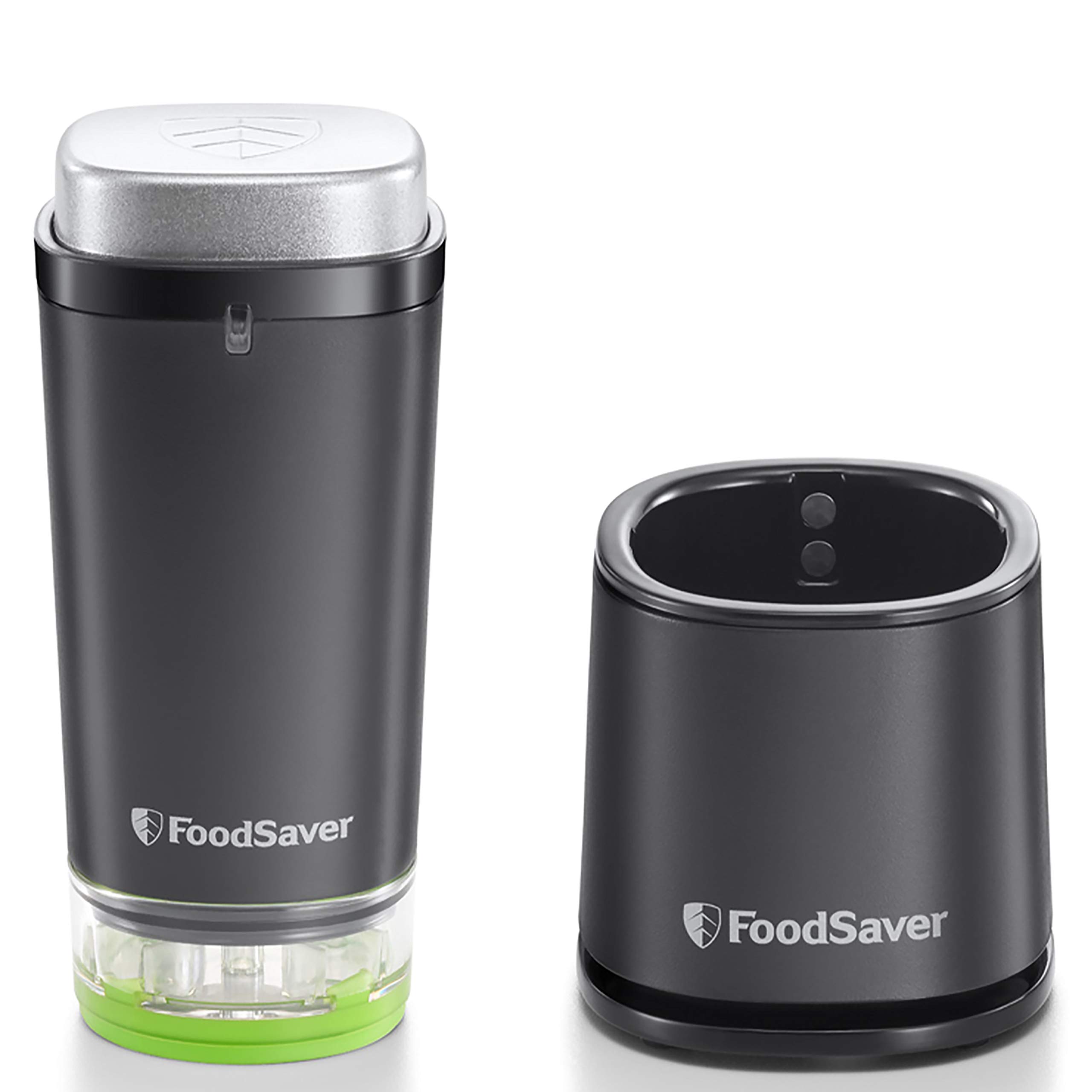When it comes to food preservation, the FoodSaver handheld sealer can be a powerful tool. It is compact and easy to use, allowing you to preserve your food quickly and efficiently. However, you must keep your FoodSaver Handheld Sealer clean to ensure it works properly and keeps your food safe from spoilage. Here are some tips on how to clean a FoodSaver Handheld Sealer properly.

How to Clean FoodSaver Handheld Sealers?
Acknowledge the following tips to clean food-saver-handled sealers-
- Unplug the appliance
- Do not submerge it in water or other liquid to prevent damage to your Handheld Vacuum Sealer.
- Don’t use any appliance parts with abrasive agents or materials. These cleansers might harm the black foam rubber pads on the surface.
- Dishwashing soap and a moist cloth can remove food residue inside and around components.
- After each usage, be sure to clean out the reservoir.
- Use warm, soapy water to clean up.
- Let the sealers dry Before reinstalling it.
First, unplug the appliance from any power source before beginning any cleaning. Please do not submerge any part of the appliance in water or other liquids, as this could cause severe damage to its components. You should not use abrasive agents or materials when cleaning any parts; these may harm the black foam rubber pads on the surface. Instead, soap and a damp cloth can help remove food residue around all components. After each use, empty the reservoir using warm, soapy water and thoroughly rinse it off with warm running water before drying entirely and reinstalling.
To ensure long-term maintenance of your FoodSaver Handheld Sealer, you should clean all surfaces regularly with a mild detergent or a mixture of vinegar and water solution for tough stains or build residue on surfaces. It is also essential to ensure that all sealing areas are free from dust particles for optimal performance, so you must clean them regularly. To prevent jamming issues due to debris buildup in seals buildups, you might want to check and clean those parts, if necessary, occasionally.
You may also want to periodically lubricate moving parts like blades with mineral oils such as vegetable oil or olive oil for proper operation longevity. Make sure that the manufacturer approves whatever type of oil you use since they have specific ones that might work better than others, depending on your sealer model. Additionally, if any component becomes worn out over time due to usage or age, replace them immediately with certified replacements not to disrupt its performance capacity or affect safety standards while using it at home.
Overall, keeping your FoodSaver Handheld Vacuum Sealer clean will help maintain its effectiveness in preserving your perishable foods for more extended periods without spoiling quickly, even when stored for vast amounts of time in refrigerators or freezers – thus saving you money as well as providing greater convenience when dealing with food items. A few simple steps, such as unplugging it before cleaning, avoiding abrasives when wiping down surfaces, and keeping seals free from dust buibuildupan go a buibuildupwards preventing malfunctions due to inadequate maintenance practices while ensuring that you get yearyears’ryeayearsrofce from your trusty kitchen partner!
- How Many Tablespoons is One Clove of Garlic? - June 26, 2024
- How to Measure 3/4 Cup When You Don’t Have the Right Measuring Cup? - June 6, 2024
- How Much Does Cooked Pasta Weight Compare To Dry? - April 30, 2024
